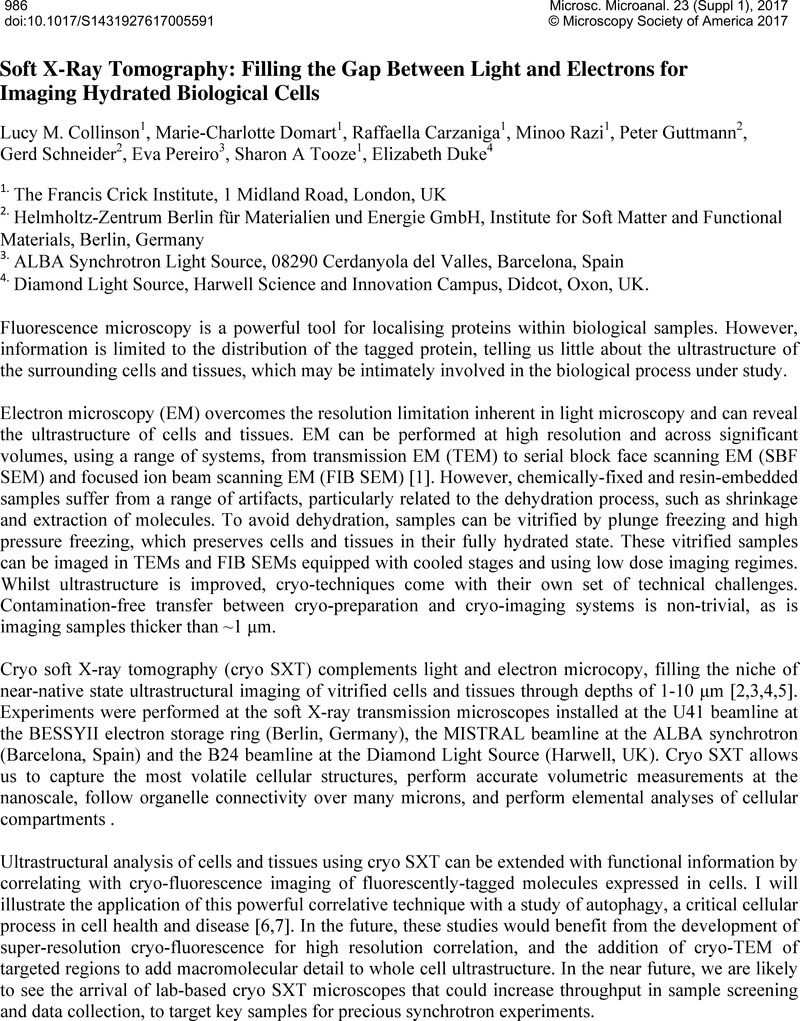Crossref Citations
This article has been cited by the following publications. This list is generated based on data provided by Crossref.
Pepe, Anna
Groen, Johannes
Zurzolo, Chiara
and
Sartori-Rupp, Anna
2024.
Correlative Light and Electron Microscopy V.
Vol. 187,
Issue. ,
p.
175.



